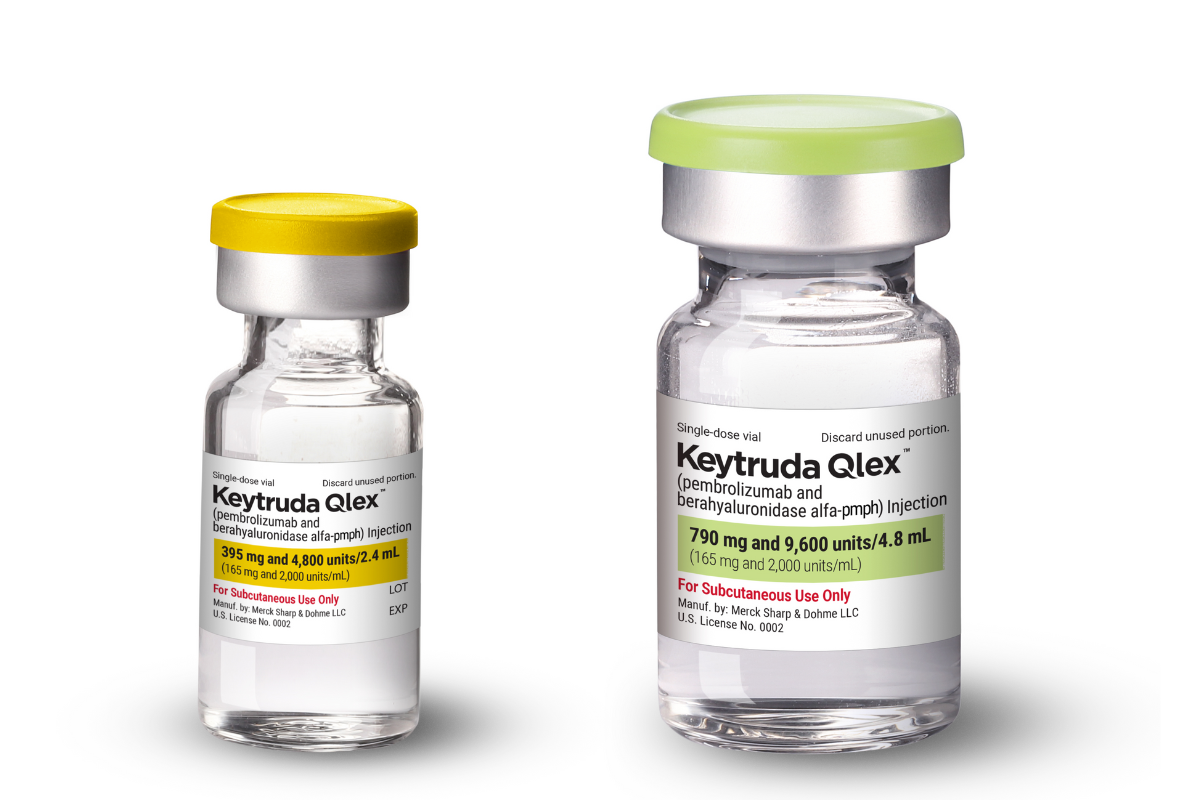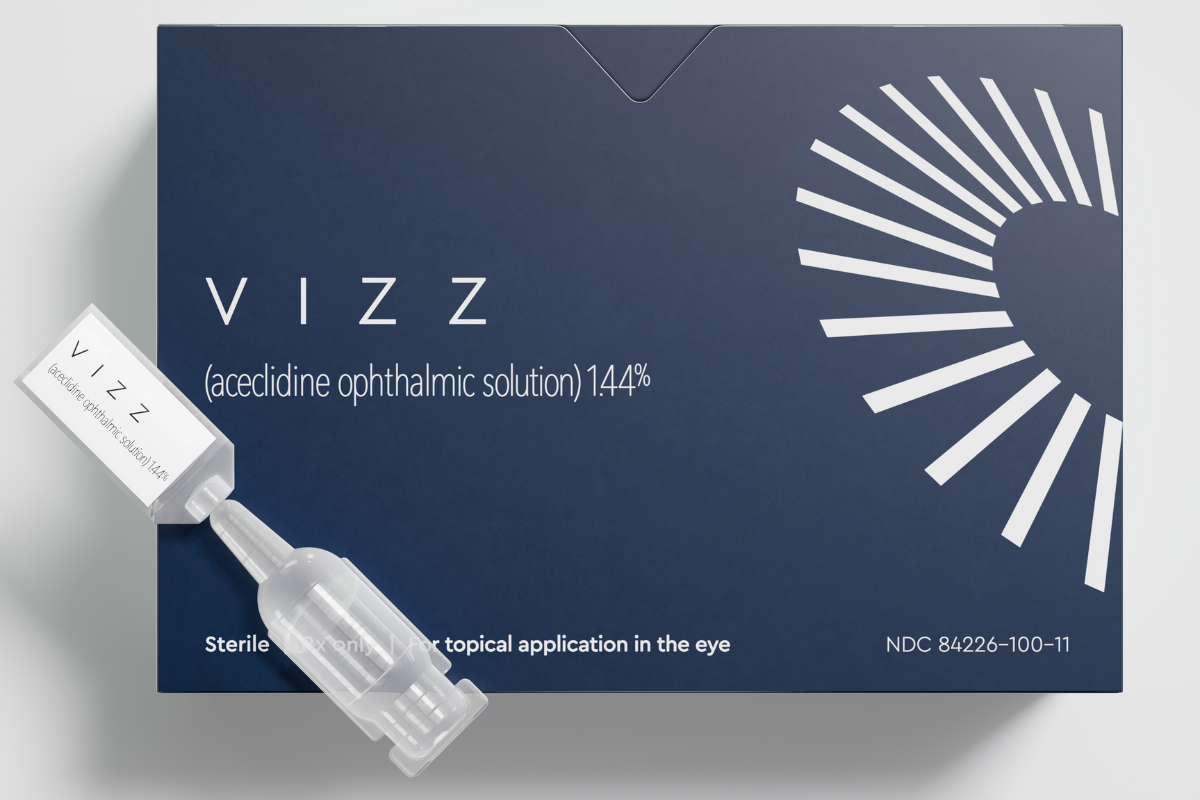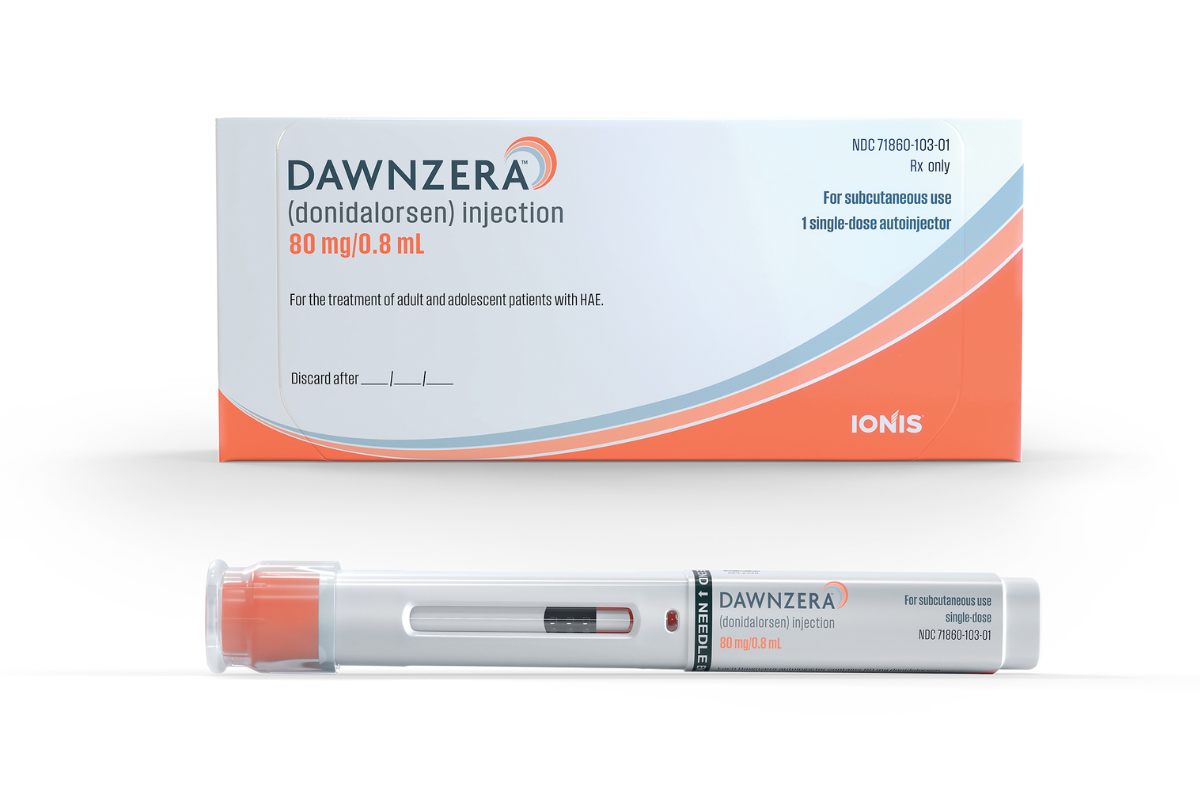Hot on the heels of Roche’s $50 billion US expansion pledge, Sanofi aims to invest at least $20 billion to grow its manufacturing and R&D footprint in the US through 2030.
The decision, rooted in the need for supply chain resilience, comes as pharma companies respond to shifting trade policies and emerging regulatory pressures. Rather than risk production delays or rising costs from foreign dependencies, Sanofi is opting to future-proof its US operations.
Sanofi’s plan involves upgrading several of its US sites. Its vaccine production facility in Swiftwater, Pennsylvania and biologics hub in Framingham, Massachusetts, are expected to see major improvements. Sanofi also plans to deepen its presence in Cambridge and Waltham, Massachusetts, where its teams are working on next-generation mRNA technologies, and build further partnerships with domestic manufacturers.
What’s at stake? Nearly half of Sanofi’s global sales — $21.6 billion in 2024 — came from the US market. With 13,000 US-based employees already, this new investment is expected to generate additional high-skilled jobs while strengthening onshore drug production. The company said the scope of this investment may change as global trade policies evolve.
These moves come amid heightened regulatory pressure, including president Trump’s May executive order that expedites FDA plant reviews and authorizes surprise inspections for foreign sites — part of a broader effort to boost domestic drug production. The administration has also floated pharmaceutical-specific tariffs, contributing to an increasingly uncertain policy environment for global drugmakers.
Poll: Will Tariffs on Pharma Imports Lead to Drug Shortages?
Sanofi joins a growing list of pharma and life science companies shoring up US operations.
In April, Roche announced a $50 billion multi-year strategy, including a new $700 million site in North Carolina dedicated to producing biologics for next-gen obesity drugs. Thermo Fisher earmarked $2 billion to expand US capacity.
Meanwhile, PCI Pharma Services strengthened its fill-finish capabilities by acquiring Ajinomoto Althea, expanding its San Diego operations to support complex biologics and injectable formats like prefilled syringes and antibody-drug conjugates (ADCs).
Gilead Sciences also announced it would invest $32 billion in US manufacturing and R&D through 2030 — adding three new facilities, upgrading three more and supporting over 3,000 jobs. The company estimates the total economic impact of its domestic investments will reach $43 billion.
Beyond infrastructure, Lilly announced a $250 million partnership with Purdue University to accelerate drug development and manufacturing innovation, supporting AI-enabled drug discovery and a skilled local workforce. These initiatives could signal a pivot toward end-to-end localization — from molecule discovery to commercialization.
Major pharma and medtech firms — such as Siemens Healthineers, which recently invested $150 million in new and relocated US facilities, including moving Varian manufacturing from Mexico to California — are ramping up their US presence.
Meanwhile, some smaller biotechs are rethinking early-stage trials in response to the FDA’s restructuring efforts. Concerns over staffing cuts and regulatory delays are prompting companies to explore initial trial approvals in Europe or Australia, even as the US remains the most valuable drug market.
If you want your company to be featured on Xtalks.com, please email [email protected].












Join or login to leave a comment
JOIN LOGIN